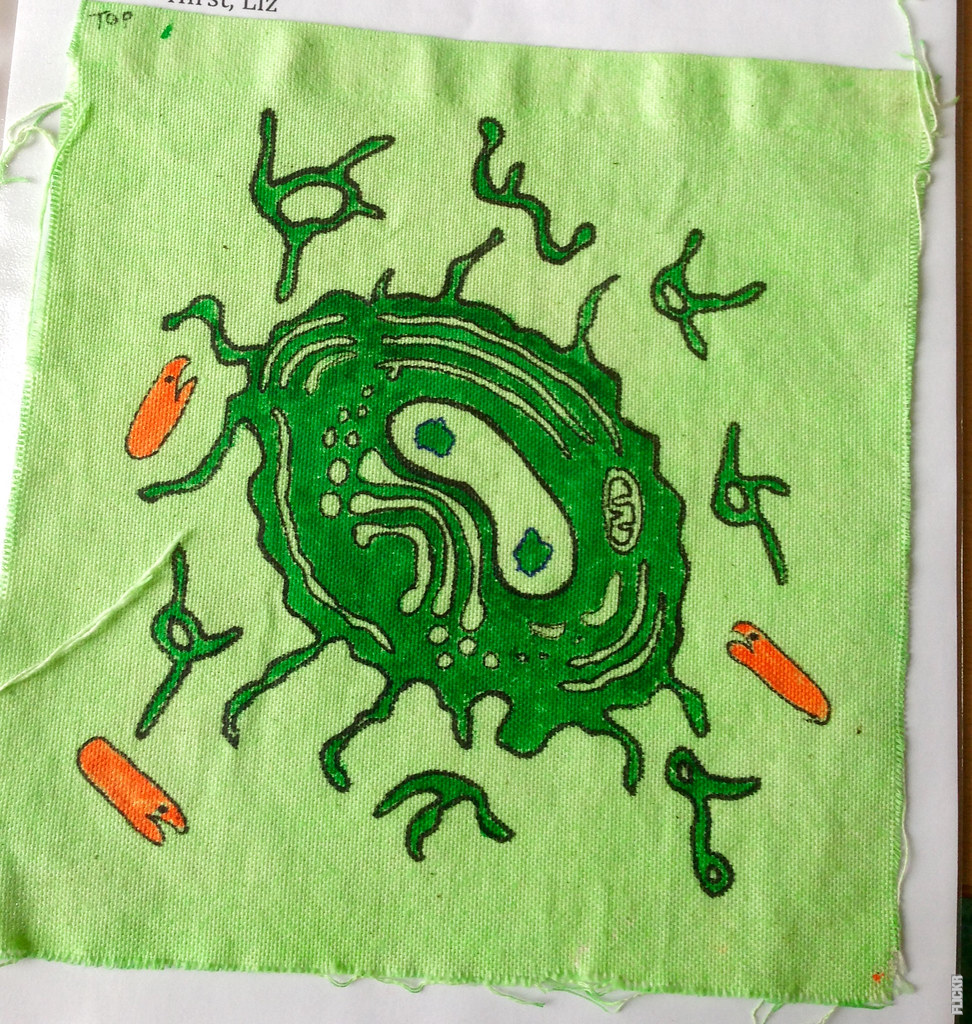The Silent Threat: Tuberculosis
Tuberculosis, often referred to as TB, is a deadly infectious disease caused by the Mycobacterium tuberculosis bacteria. This ancient disease has plagued humanity for centuries, and despite significant advancements in medical science, it still poses a formidable challenge. To truly understand the threat that tuberculosis poses, we must delve into its mode of transmission.
Airborne Transmission: The Invisible Enemy
One of the most insidious aspects of tuberculosis is its ability to spread through the air. When an infected individual coughs, sneezes, or even talks, they release tiny droplets containing the bacteria into the surrounding environment. These droplets can remain suspended in the air for extended periods, and when inhaled by others, they become potential victims of infection.
Close Proximity: A Recipe for Contagion
Tuberculosis transmission is most likely to occur in crowded places where individuals spend prolonged periods in close proximity to each other. Prisons, hospitals, and homeless shelters are hotspots for TB transmission due to the close quarters and limited ventilation. High population density, particularly in urban areas, further exacerbates the risk of transmission.
The Weakest Link: Weakened Immune Systems
While anyone can contract tuberculosis, individuals with weakened immune systems are particularly vulnerable. This includes people living with HIV/AIDS, malnutrition, or other chronic illnesses. The bacteria exploit the weakened defenses of the body, making it easier for them to establish an infection.
Unmasking the Silent Carriers
Identifying individuals with active tuberculosis is crucial to curbing its spread. However, some infected individuals may not exhibit any symptoms or show only mild ones, making diagnosis challenging. These individuals, known as silent carriers, unwittingly become potential transmitters, further complicating efforts to control the disease.
Post
Post
Prevention: A Multi-Faceted Approach
Preventing the transmission of tuberculosis requires a multi-faceted approach. Vaccination, particularly with the Bacillus Calmette-Guérin (BCG) vaccine, has proven to be effective in reducing the risk of severe forms of the disease, particularly in children. Additionally, early detection through regular screenings and prompt treatment of active cases is vital in interrupting the chain of transmission.
A Global Challenge: Tuberculosis knows no Boundaries
Tuberculosis remains a global health crisis, affecting millions of people worldwide. It transcends geographical boundaries, socioeconomic status, and age, making it a formidable adversary. To combat this silent killer, international collaboration, increased funding for research and development, and improved access to healthcare are imperative.
In conclusion, tuberculosis is transmitted through the air when infected individuals release bacteria-containing droplets into the environment. Close proximity and weakened immune systems increase the risk of transmission, while silent carriers unknowingly contribute to its spread. Preventing tuberculosis requires a multi-faceted approach, including vaccination, early detection, and prompt treatment. Together, we can strive towards a world free from the grip of this ancient and deadly disease.



